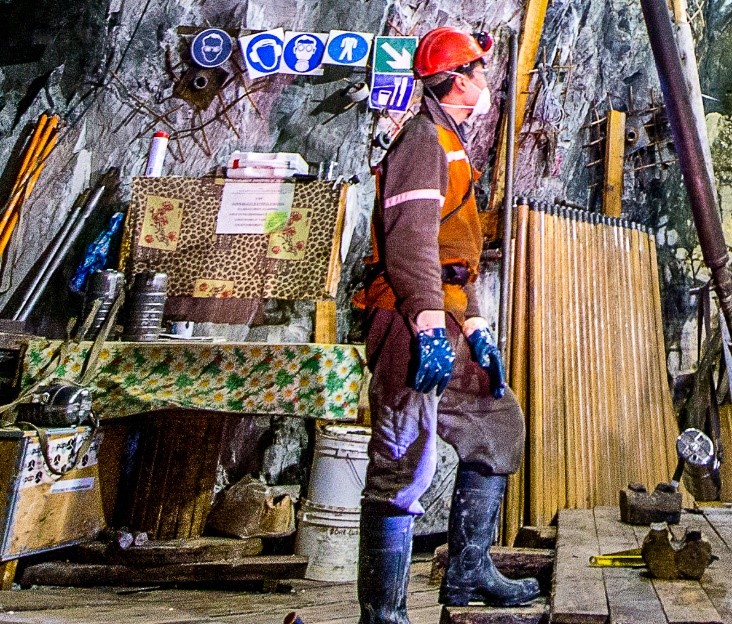What is safety and how is it achieved?
Derisk principal mining consultant Mal Dorricott defines safety as an outcome that is achieved when an activity is completed or a process operates without harm to the assets involved in that activity or process.
In mining and other sectors, those assets include people, plant, equipment, materials, the environment, and finances. Quite rightly, our main focus is on preventing harm to people, but a safe outcome should also minimise damage to plant, equipment and materials, prevent adverse impacts to the environment, and avoid unnecessary costs.
Harm is caused by the loss of control of an energy source that impacts one or more of the abovementioned assets. Energy sources that have the potential to cause harm are called hazards, and the loss of control of an energy source is a hazard event.
Safety can be achieved by eliminating the hazards, or by maintaining control of the hazards, or by protecting the assets from uncontrolled hazards. The Hierarchy of Hazard Controls ranks the effectiveness of these approaches.
An estimate of the potential for harm is called risk. The measure of risk comprises two components, the likelihood of harm occurring and the magnitude of that harm (consequence):
Risk = Likelihood x Consequence
Likelihood has two components, the probability of a hazard event occurring (i.e. the loss of control of an energy source), and the exposure of assets to that hazard event:
Likelihood = Probability x Exposure
Therefore:
Risk = Probability x Exposure x Consequence
As a result, risk will be zero if any one of the probability or exposure or consequence is zero, and this should be our objective. It may not always be possible or practical to achieve zero risk, so minimising each of these components should be the aim of any risk management process.

In Mal’s risk assessment experience, probability and consequence are usually well understood and estimated correctly, but exposure is sometimes poorly considered or completely ignored (i.e. exposure is assumed to be continuous and probability is used in place of likelihood). In situations where exposure is not continuous, this results in an overestimation of the risk, and may lead to the wrong approach to managing the risk.
In summary, Derisk advocates that to achieve safety and protect your assets:
- Identify the hazards
- Control the hazards
- Minimise exposure to potential hazard events
- Provide protection from hazard events
For more information
Mark Berry (Director and Principal Geologist)
+61 4 0802 9549
[email protected]

